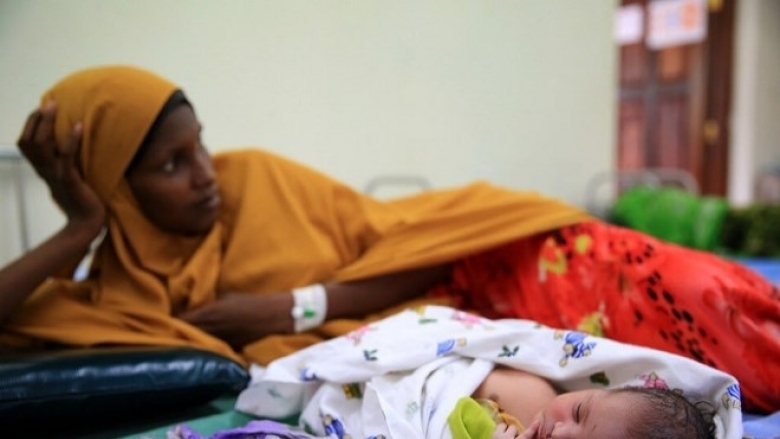A Validation of an Alternative Post-Market Surveillance Model That Uses Standardized Patients
Promoting access to medicines requires simultaneous efforts to strengthen quality assurance for sustained impact. Although problems of substandard and falsified medicines have been documented in low- and middle-income countries, reliable information on quality is rarely available.
Past studies in Kenya have established the presence of poor quality medicines, although the severity has varied. Post-market surveillance studies have focused mainly on malaria, HIV, and TB.
The aim of this study was to validate an alternative post-market surveillance model to complement existing models.
The study used standardized patients or mystery clients (people recruited from the local community and trained to pose as real patients) to collect samples after presenting a pre-specified condition. The patients presented four standardized conditions to 42 blinded facilities in Nairobi resulting in 166 patient–clinician interactions and dispensing of 300 medicines at facilities or nearby retail pharmacies.
Conclusion
The study shows that the standardized patient model can provide insights into multiple dimensions of care, thereby helping link primary care encounters with medicine quality.
This study was part of a pilot for a larger Kenya Patient Safety Impact Evaluation (or KePSIE), which sought to evaluate the effectiveness of different ways of enforcing regulations on patient safety.
Read the full study and results here.
Last Updated: Dec 05, 2016

